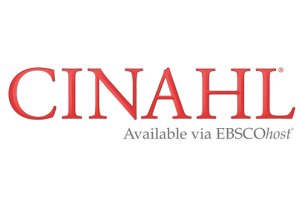Postural stabilization of looking: Effects of object distance
DOI:
https://doi.org/10.20338/bjmb.v6i1.24Keywords:
postural control, stabilisation of looking, visual information, suprapostural taskAbstract
The aim of the present study was to analyze the effects of looking at targets located at different distances on body oscillation during tasks of distinct difficulties. In Experiment 1, ten participants in quiet stance fixated targets in three conditions: No object-far (fixation on far-target without near-target), Object-near (fixation on near target with fartarget), and Object-far (fixation on far-target with near-target). Mean oscillations of trunk in anterior-posterior axis were smallest in the Object-near condition; the No object-far and Object-far conditions were similar. In Experiment 2, seven participants in kiba-dachi, a karate stance, were submitted to three conditions: Blindfolded, No object-far, and Object-near. Mean oscillations of head and trunk in anterior-posterior axis were smaller in the Object-near as compared to blindfolded condition; trunk oscillated more during No object-far than Object-near condition. The results support the notion that a simple posture is not automatically regulated by the optical flow, but different amounts of visual instability may be tolerated according to the fixation distance, regardless the presence of non-fixated objects; the control of a more difficult posture may also accommodate the effects of fixation distance.
Downloads
Downloads
Published
How to Cite
Issue
Section
License
Authors must declare that the work submitted is their own and that copyright has not been breached in seeking its publication. If the manuscript includes work previously published elsewhere, it is the author(s) responsibility to obtain permission to use it and to indicate that such permission has been granted.
Authors retain the copyright of their paper and grant the Brazilian Journal of Motor Behavior (BJMB) the right to first publish the work under a Creative Commons Attribution-NonCommercial-NoDerivatives license (CC BY-NC-ND). This license allows users to share the paper given the appropriate credit to the author and source and does not allow commercial uses and derivative materials to be produced.



























